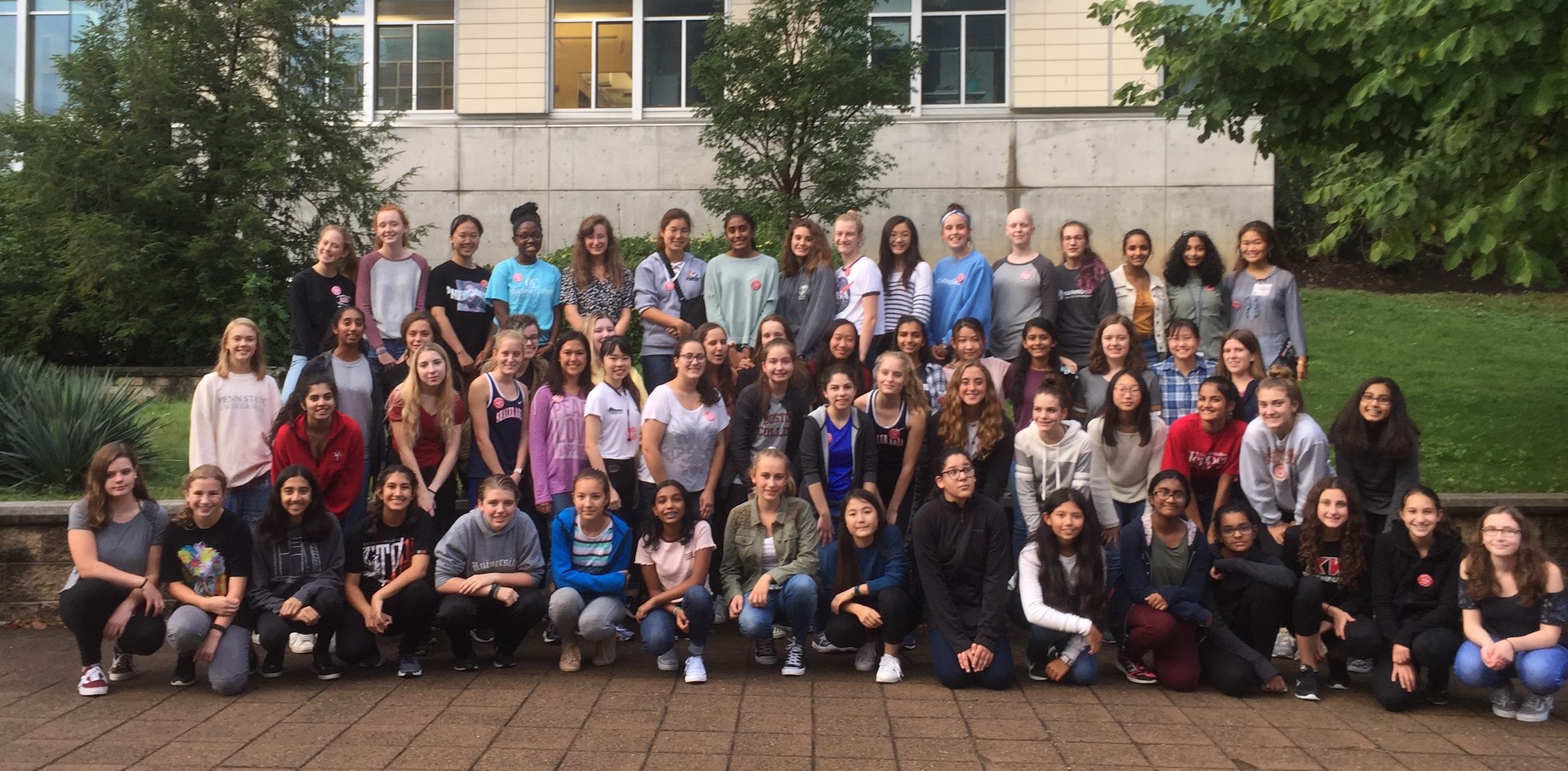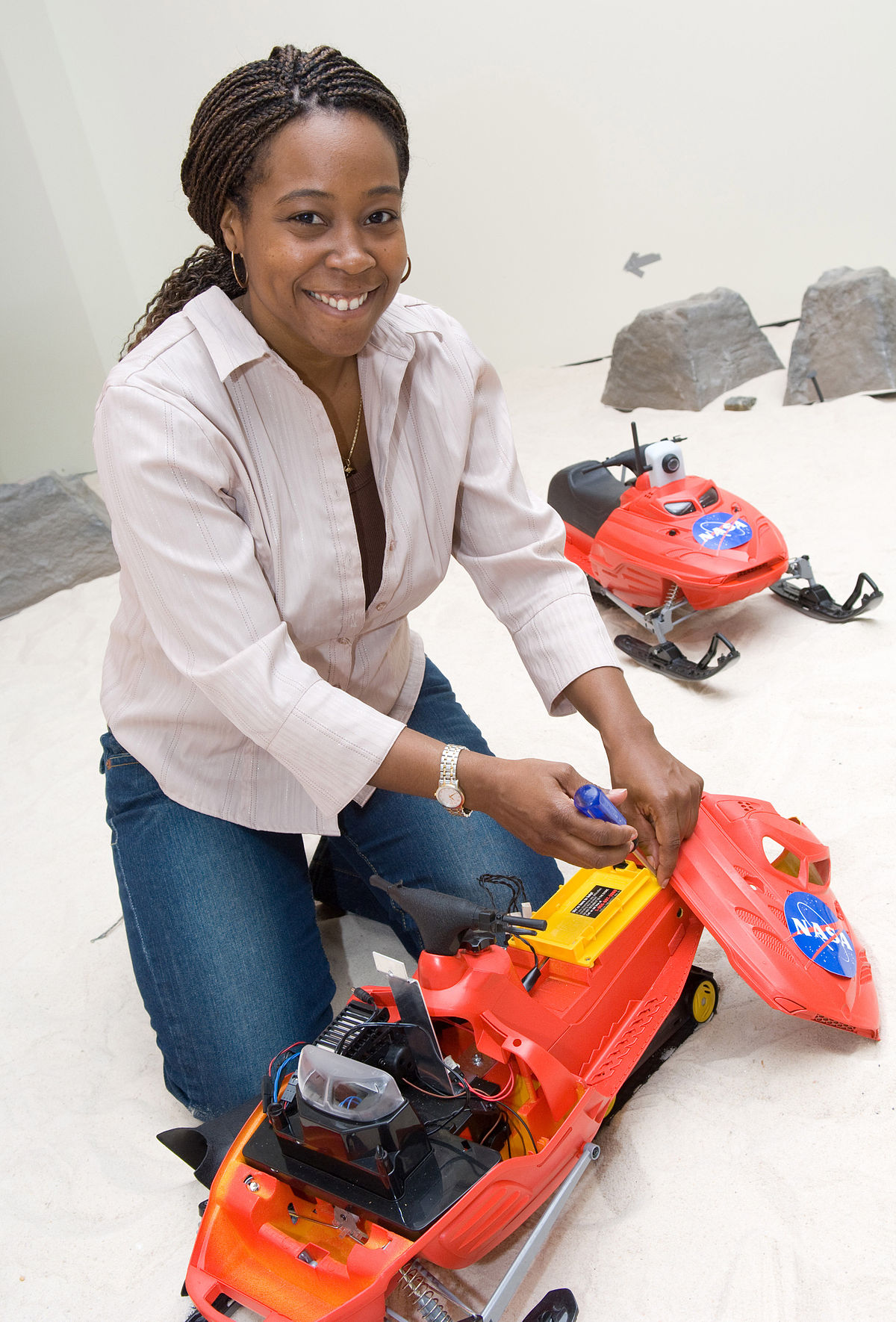25 Women in Robotics you need to know about 2014

Just last week at the Grace Hopper Celebration of Women in Computing, Microsoft’s CEO Satya Nadella gave women some questionable career advice: “It’s not really about asking for the raise, but knowing and having faith that the system will actually give you the right raises as you go along. Because that’s good karma.” The event moderator, Professor Maria Klawe, president of Harvey Mudd College and a Microsoft director, immediately disagreed with Nadella’s advice, suggesting instead that women do their homework on salary levels and practice asking for pay raises.
Indeed, good karma seems to be slow coming. Women account for only 17% of Microsoft’s management and technical staff. It’s been calculated by the National Women’s Law Center that women still earn only 78c on the dollar compared to their male counterparts. And the consequences of not negotiating a starting salary at the beginning of one’s career can amount to the loss of millions in earnings over a woman’s lifetime.
From Hypatia to Grace Hopper, there have been many amazing women who have carved themselves out a name in the fields of science, engineering, mathematics and technology, despite the lack of financial reward. However, these comparatively few women can easily be lost from the pages of history without an ongoing push to make sure that they are represented; women are still well under 20% of the tech workforce, and role models are important.
And yet there is movement in the right direction: This spring, Harvey Mudd College broke new ground when 56% of its engineering degrees were awarded to women – the first time the college’s women graduates have outnumbered men in this discipline. And this fall, Lynne Parker announced a 50 strong all-female organizing committee for ICRA – one of the premier academic robotics events worldwide.
If Ada Lovelace Day is about sharing stories of women in science, technology, engineering and math to create new role models for girls and women in these male-dominated fields, stories like these can only inspire us to keep pushing.
In celebration we’ve once again created a short list of women in robotics that everyone should know about (see also 25 women in robotics you need to know about (2013)).
Although all the women listed here are doing great things, our list isn’t by any means a ranking. Rather, it is a range: from early stage to emeritus, from many different countries and in a variety of robotics disciplines; researchers, entrepreneurs and academics, innovators, artists and policy makers. In short, here are 25 more reasons why women can do anything. Please share.
25 women in robotics you should know about (in alphabetical order)

Ruzena Bajcsy

Maren Bennewitz

Ekaterina Bereziy

Sampriti Bhattacharya

Alicia Casals

Elaine Chen

Marita Cheng

Vanessa Evers

Silvia Ferrari

Maria Gini

Girls of Steel

Ayanna Howard

Noriko Kageki

Kendra Kerrisk

Maarja Kruusmaa

Tessa Lau

Rezia Molfino

Mihoko Otake

Lea Rosen

Julie Shah

Inna Sharf

Mari Velonaki

Barbara Webb

Holly A. Yanco
